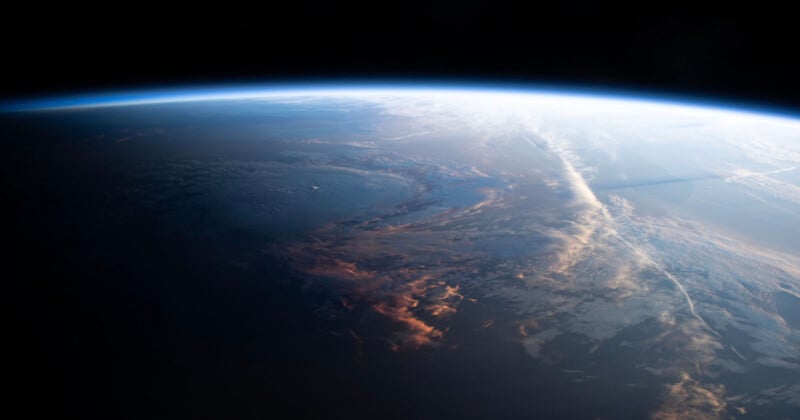
Swedish astronaut Marcus Wandt has just returned from a 20-day voyage into space and he shared some incredible images of the views he saw while in Earth’s orbit.
Before splashing down off the coast of Florida in the early hours of this morning, Wandt shared a series of beautifully-composed images of Earth.



Perhaps Wandt took the beautiful photos using the space station’s new Nikon Z cameras that were recently installed there. 13 Nikon Z9 cameras, 15 FTZ II adapters, and more than 15 Nikkor Z lenses (including super-telephoto and macro lenses) were launched to the ISS in January.
Marcus, a European Space Agency (ESA) astronaut, blasted to the ISS on January 18. During his time on board, Marcus supported nearly 20 European experiments and spent more than 100 hours conducting science and technology demonstrations.
But he also proved pretty handy with the camera: also recording a 360-degree video inside the seven-windowed cupola — the International Space Station’s “window to the world”.
Window to the world in 360°.
Pan around to enjoy #Earth views from inside @esa‘s Cupola on the International @Space_Station.https://t.co/XWJthV2UV5 pic.twitter.com/OayC35a12M
— Marcus Wandt (@astro_marcus) February 1, 2024
“During his nearly three-week stay on the Space Station Marcus carried out a series of experiments for the benefit of Swedish and international research,” says Anna Rathsman, Director General of the Swedish National Space Agency, upon Marcus’s return.
“Through his spaceflight, he contributed to maintaining Sweden as a leading nation in space knowledge. He is also a source of inspiration for a whole generation of Swedes in natural sciences.”
This is how I see the International @Space_Station from the inside. My working station is an incredible piece of spacecraft engineering.
On it I travel about 400 km above your heads at 28 000 km per hour, circling Earth approximately 16 times every day.
The Space Station is… pic.twitter.com/So9QMKtztI
— Marcus Wandt (@astro_marcus) February 5, 2024
Wandt was part of Axiom Space’s third private mission to the ISS; it was a mission that was supposed to last two weeks but the crew stayed an extra few days to wait out some bad weather affecting their splashdown site off the coast of Daytona, Florida.
Image credits: ESA/Marcus Wandt
